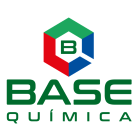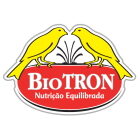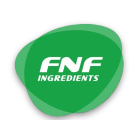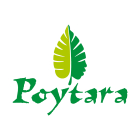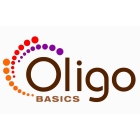Tags: Animal feed
Brazilian feed industry produces more protein with fewer inputs
In the past two years in the Brazilian feed industry, two factors have influenced the growth of the sector: “One was a seasonal factor, which was the high cost of raw materials, mainly grains; and the other is a structural factor, which was the exchange rate,” said Ariovaldo Zani, CEO of Sindirações, the Brazilian feed manufacturers association. The real, the Brazilian currency, has had a moderate devaluation and, due to the fact that the feed industry depends on foreign supply of feed additives, it affected production costs. In terms of growth, feed production increased from 2022 to 2023, with an annual growth rate of 1.2%. Zani said this was aligned with what the Organization for Economic Co-operation and Development
Sector projects closing 2020 with a growth of approximately 5% and…
“The Covid-19 pandemic ratifies that the most important asset for the sector is its people, a fact proven by the collective mobilization of entrepreneurs who did not save on efforts to immediately elaborate and put in place the specific protocols”.SECTOR PROJECTS CLOSING 2020 WITH A GROWTH OF APPROXIMATELY 5% AND A TOTAL PRODUCTION OF 81.1 […]
2019: The year of recovery for Brazilian feed
Animal feed producers in Brazil expect a better 2019 due to the new Brazilian government and hope for international trade normalisation. The Brazilian feed sector is the third largest feed sector in the world, mainly due to the high amount of raw materials produced in this country and the size of the country, coupled with […]




















